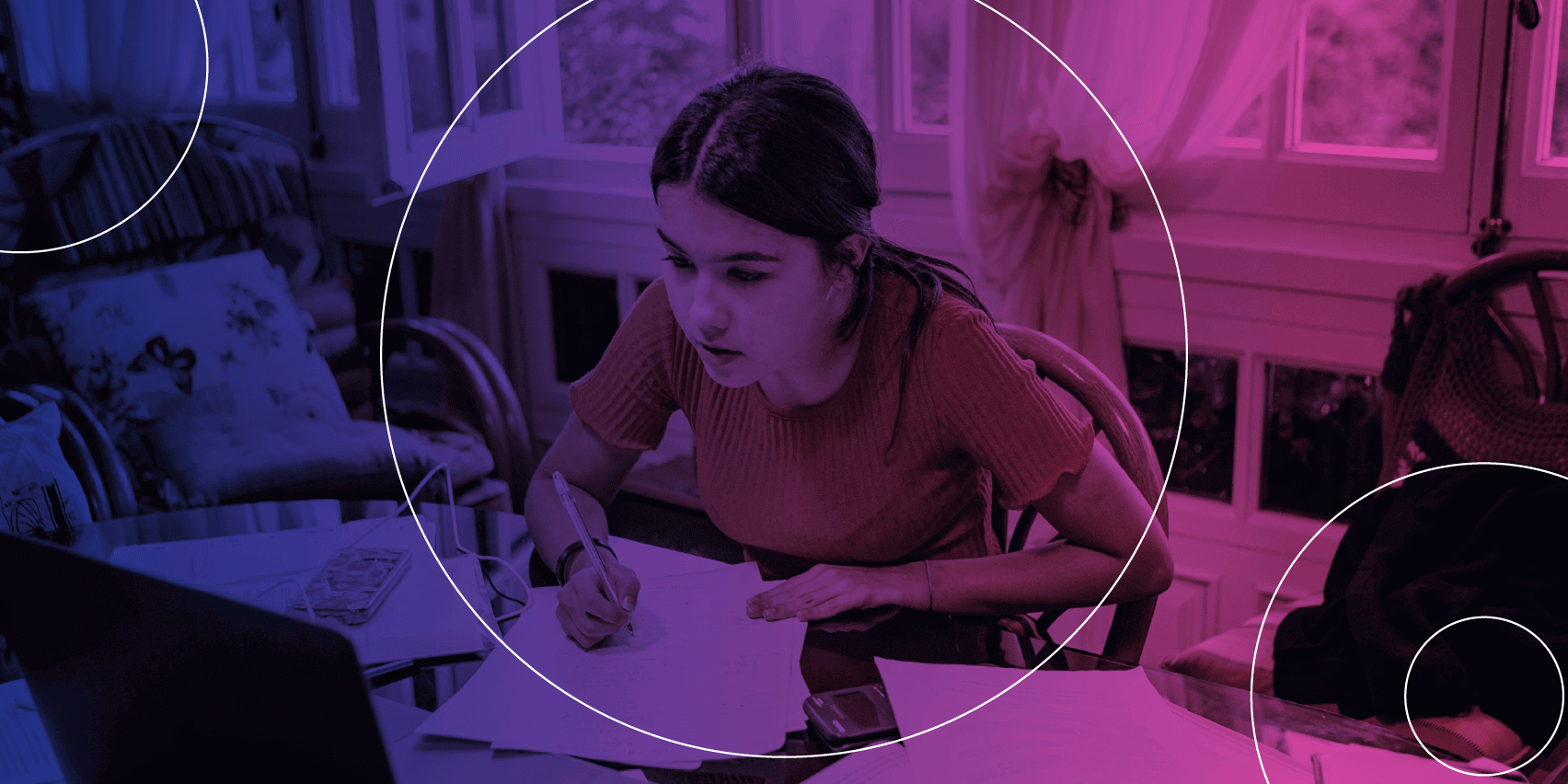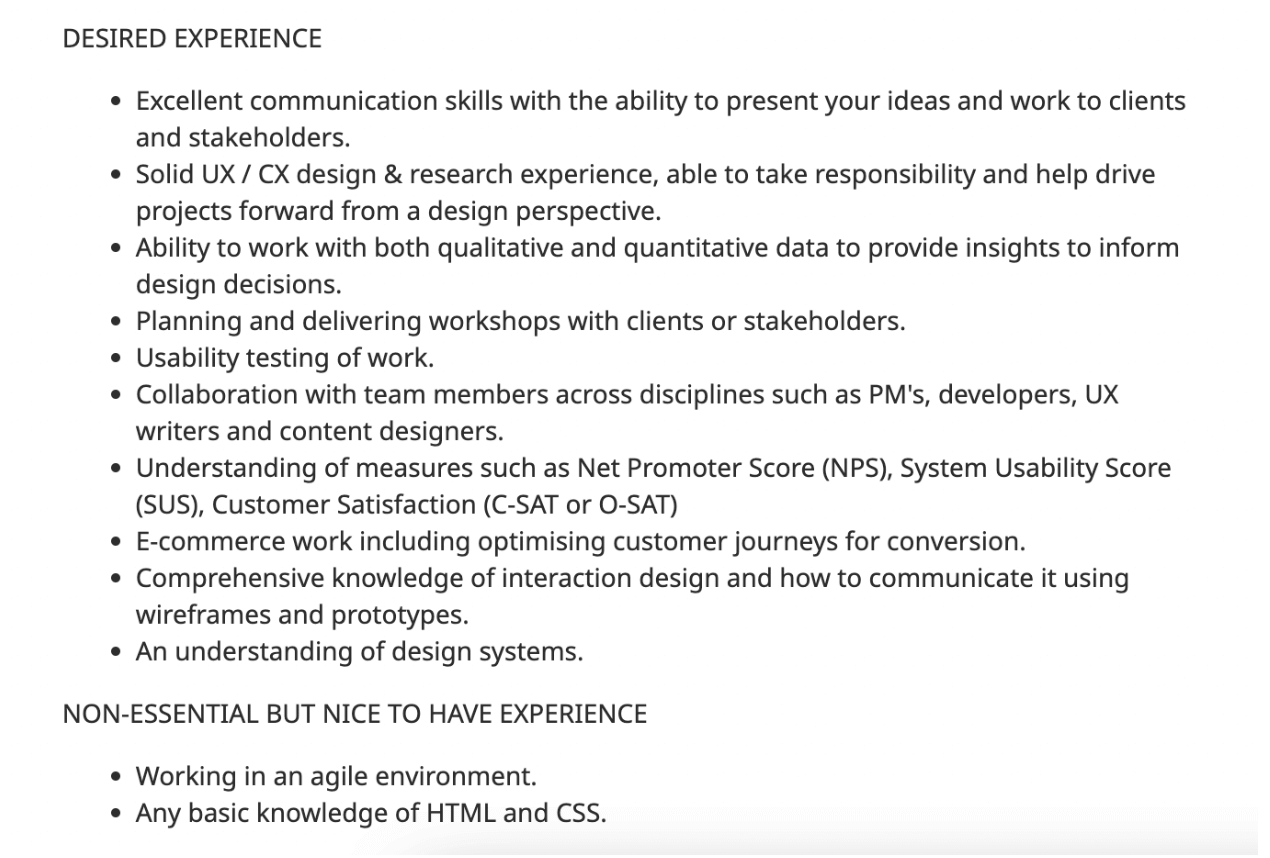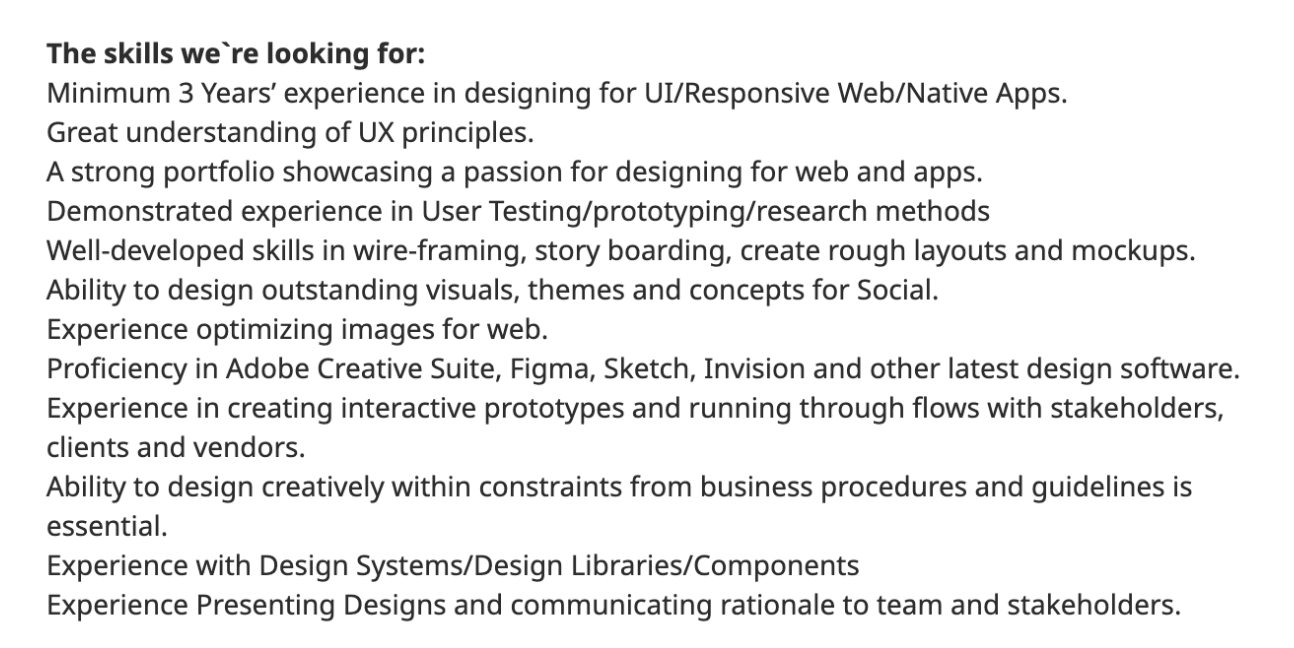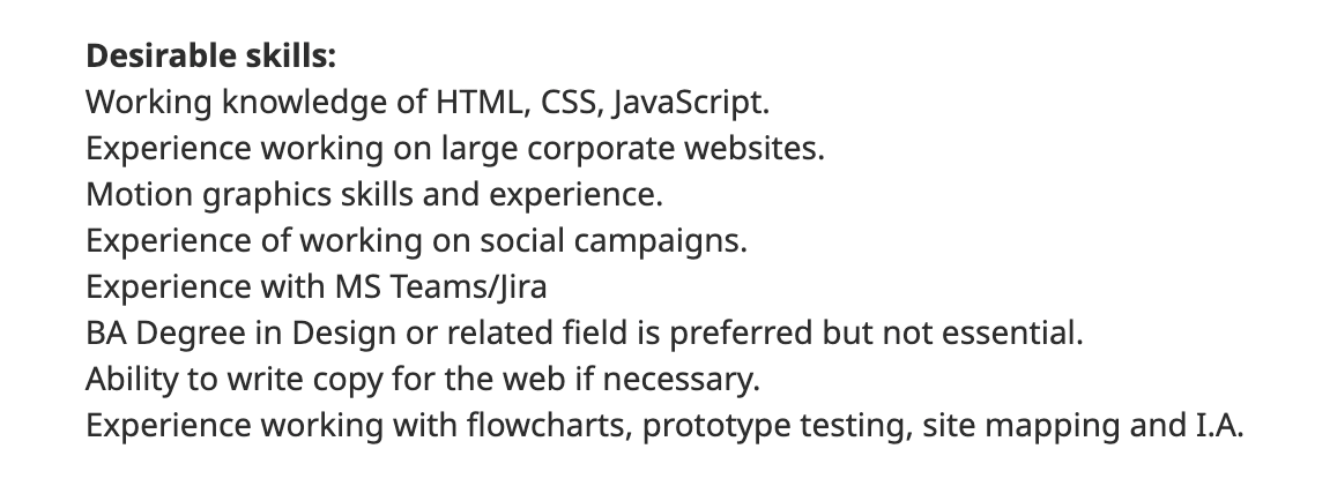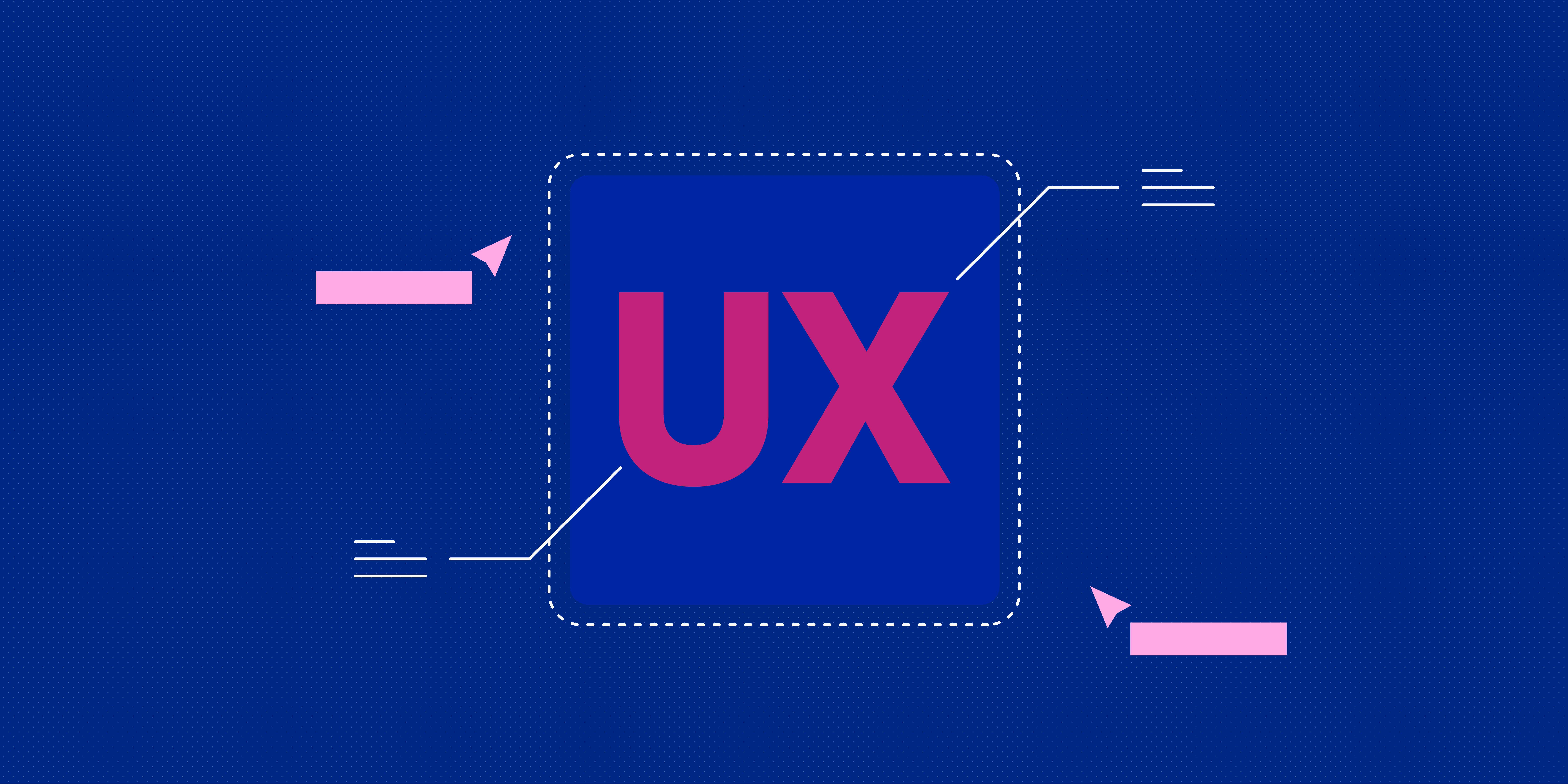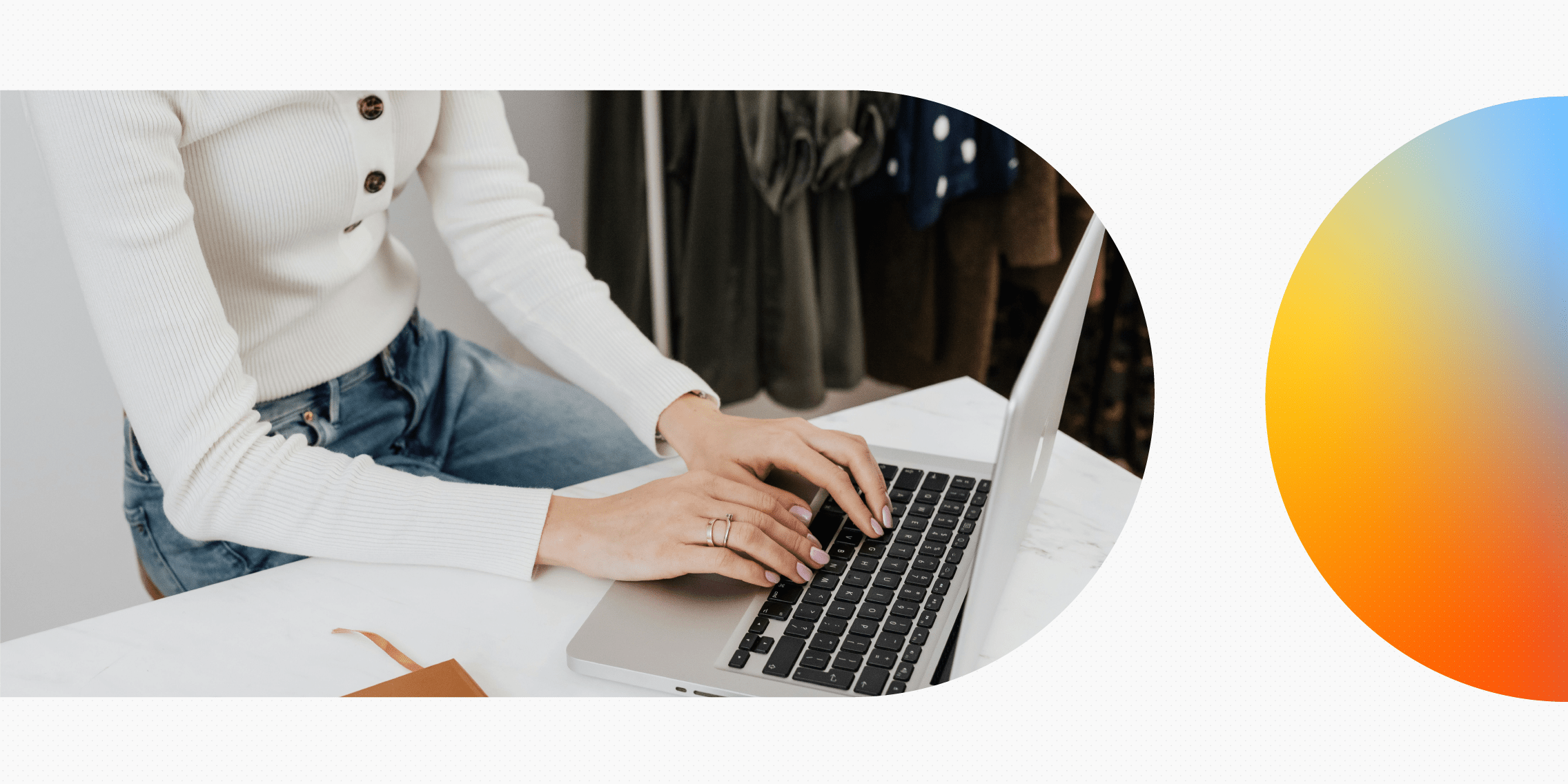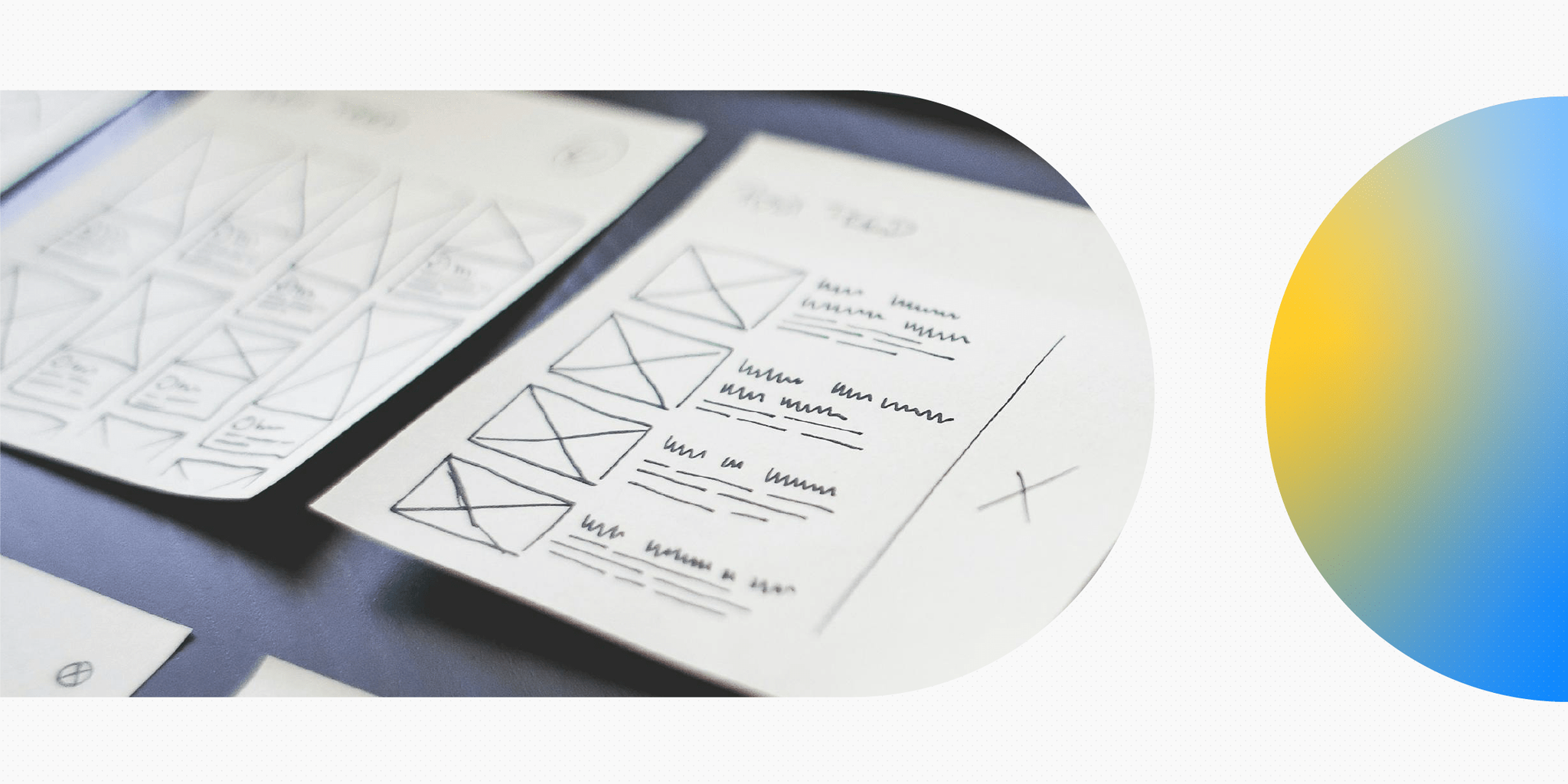You’ve got your heart set on becoming a UX designer, but there’s just one problem: You don’t have a relevant degree, or a degree full stop.
But is that really a problem? Do you need a degree to become a UX designer, or is it possible to learn UX another way and get hired without a university qualification?
It’s a common question among aspiring UX designers, and it’s often perceived as a huge barrier of entry to this exciting, well-paid career path. To resolve the degree conundrum once and for all, we’ve put together this guide.
We’ll cover:
- Do you need a degree to become a UX designer?
- Which degree is best for UX design?
- What are the best UX design courses and qualifications if you don’t want to do a degree?
- How to become a UX designer (with or without a degree)
Do you need a degree to become a UX designer?
You do not need a UX-related degree to become a UX designer—or any kind of degree for that matter. While some employers will specify that a degree is preferable, not having a degree will not stop you from becoming a UX designer and landing a paid job in the field.
That’s not to say that becoming a UX designer is easy, or that employers don’t have certain standards and prerequisites when hiring UX designers. But a degree (or lack thereof) is rarely a deciding factor in the hiring process. If you can demonstrate the most important UX design skills, mastery of the design process, proficiency in industry tools, and an understanding of core UX design principles, you’re capable of working as a UX designer.
Still not convinced? Let’s take a look at some real UX designer job listings.
Mid-level UX designer job ad posted by DEPT design agency: No mention of a degree
We browsed Indeed for UX designer roles in Ireland, and one of the first vacancies we came across was for a mid-level UX designer posted by international digital design agency DEPT.
Under desired experience, they’ve highlighted excellent communication skills, ability to work with both qualitative and quantitative data to inform design decisions, comprehensive knowledge of interaction design, wireframing and prototyping, and an understanding of design systems.
Under non-essential but nice-to-have experience, they’ve listed working in an agile environment and any basic knowledge of HTML and CSS.
Notably, there is no mention of a degree (or any kind of formal qualification).
UI/UX designer job ad posted by Three Ireland: Degree preferred but not essential
Next, we came across an ad for a UI/UX designer posted by telecommunications company Three Ireland.
Under essential skills, they’re looking for 3 years’ design experience, a great understanding of UX principles, a strong portfolio showcasing a passion for designing for web and apps, demonstrated experience in user testing, prototyping, and research methods, and proficiency in certain design tools.
Under desirable skills, they’re looking for some additional (but not strictly necessary) bonus skills, such as working knowledge of HTML, CSS, and JavaScript, motion graphics skills, and an ability to write copy for the web if necessary.
They’ve also specified that a “BA degree in design or a related field is preferred but not essential”.
Both of these job ads are heavily focused on practical, industry-specific skills. And, although we’ve only taken two ads into account, they are representative of many UX design jobs you’ll find online.
Employers are much more interested in the skills you can apply to the role than they are in what you have or haven’t studied. Search online for UX jobs and you’ll soon see for yourself: a degree is not a deal-breaker in the field.
Which degree is best for UX design?
To reiterate: A degree is not necessary for becoming a UX designer. But, if you do want to complete one, you may be wondering which fields of study are most closely related to UX.
Consider the following pathways:
- Human-Computer Interaction (HCI): This is the study of how people interact with websites, software, and computer systems. You’ll learn how to conduct user-centric research, design intuitive interfaces and create prototypes, and conduct usability tests. A degree in HCI will equip you with many UX-related hard skills which you can transfer directly to the field.
- Psychology: This is a research-heavy degree which will teach you how to conduct and analyse both qualitative and quantitative research—a skill which is immediately applicable to UX design. Not only that; you’ll develop an understanding of how people think, feel, and behave, which is a critical aspect of creating user-friendly products as a designer.
- (Computer) Graphic Design: Depending on the exact school and program, a degree in graphic design can span anything from website design and animation to print design, colour theory, typography, layouts, and how to edit and process photos and images (to name just a few). As the name suggests, this is a design-heavy degree with obvious connections to UX.
- Digital Communications and Multimedia: This is a highly practical degree pathway which will teach you both artistic and technical proficiency in a range of digital media. Potential topics and areas of focus include design principles, interactive and motion design, computer programming basics, and audio and video production.
- Product Design: A degree in product design will explore all the different applications of design, focusing on critical thinking and problem-solving as well as hard skills such as sketching, prototyping, creating 3D computer models, and designing with user needs in mind. As with graphic design, you’ll come away with many soft and technical skills which are directly applicable to UX.
And what if you want to learn UX design without completing a degree? Let’s consider some alternatives.
Becoming a UX designer without a degree: What are the best UX design courses and qualifications?
Perhaps you’ve already done a degree and have no desire to go back to university. Maybe a degree was never on the cards and you just want a more concise, flexible, and affordable way to learn UX and get hired as a designer.
Fortunately, there are plenty of alternatives which don’t require years of study or a huge financial investment. Here are some other routes you can take to learn UX design.
Free UX design courses
If you’re starting from scratch, consider a free UX course (or several). This will give you a high-level overview of the field and introduce you to some of the key concepts and principles. While such courses won’t be sufficient to get you hired as a designer, they will give you a good theoretical foundation to start from. Our Introduction to UX Design is a great way to see if UX is for you.
A paid UX design course
The e-learning market is growing exponentially each year, which is excellent news for budding UX designers who want to avoid the traditional degree route. And, with a variety of different formats available, it shouldn’t be too difficult to find a course that suits you.
One of the most popular options are flexible online courses which have you working through the curriculum mostly independently, at your own pace. This is ideal if you already have a job and/or other commitments that you need to work around—and if you’re self-motivated and happy to learn without regular classes or contact hours.
The Professional Diploma in UX Design is the perfect place to start. A flexible, university credit-rated online course requiring around 5 hours of study per week for 6 months.
A UX design bootcamp
If you’ve got the time, funds, and energy to dive into UX full-time, you might consider a UX bootcamp. Bootcamps tend to be resource and time-intensive. While they are popular amongst entry-level UX Designers, they may not be the best way to start a career in UX.
Some popular UX bootcamps include:
- Product Design UX/UI Bootcamp offered by Flatiron School: A 15-week bootcamp requiring 8 hours of attendance/study each day either online or in-person.
- UX/UI Design Bootcamp run by Thinkful: An intensive, full-time online bootcamp requiring 50 hours of attendance/study per week for 5 months.
If you’re torn between a course and a bootcamp (or still unclear on how they differ), we’ve written about the pros and cons of UX bootcamps vs. credit-rated courses here, together with some advice on choosing the right option for you.
How to become a UX designer (with or without a degree)
Whether or not you have a degree, there are certain hoops that all aspiring UX designers must jump through. Besides learning the necessary theory and skills, you will also need to:
- Gain practical experience and apply your skills to UX projects
- Create a professional portfolio to demonstrate your skills
- Network in the industry
- Learn how to excel in UX interviews
How to gain practical UX experience
Earlier in this post, we explored two UX designer job ads from Indeed. Both vacancies were primarily concerned with specific skills and experience: in other words, proof that the candidate is able to practically apply their UX design skills to real projects.
As a new UX designer, you can gain valuable experience by conducting unsolicited redesigns, coming up with your own project briefs to solve a real user problem, or volunteering your UX skills for free.
Learn more about how to gain hands-on UX experience in this guide.
How to build your UX portfolio
More important than any degree or qualification is your UX portfolio.
A UX portfolio is a website containing projects you’ve worked on, and it serves to show employers what you’re capable of. The focus of your portfolio should be sharing your process and giving employers insight into how you think and problem-solve as a designer.
Learn exactly what a UX portfolio is and what it should include here, and follow this step-by-step guide to create your own portfolio from scratch.
How to network in the industry
Networking is possibly the most dreaded, least popular aspect of starting a career in UX—but it’s incredibly valuable. Not only does it open doors to potential jobs; it also fosters continuous learning and mentorship. No UX designer, new or seasoned, should miss out on that.
There are lots of different ways to network in the industry, both online and offline. You don’t need to be an extravert or a dedicated UX socialite. Whether you start small by reaching out to a friend of a friend, or dive straight in with a big UX event; anyone and everyone can make meaningful connections in the field.
Check out our ultimate guide to UX networking to discover where and how to network for success.
How to excel in UX job interviews
If your end goal is to get hired as a UX designer, you’ll need to master the art of the UX interview.
The UX hiring process usually comprises an initial phone screen, one or several onsite interviews, and a practical task such as a whiteboard challenge or a portfolio review. It’s important to prepare thoroughly for each step so that you’re able to communicate and demonstrate your competence and ultimately show employers that you’ve got what it takes to work as a UX designer.
We show you what to expect in a UX job interview here, including some of the most common UX interview questions.
The takeaway
We’ve established that you don’t need a degree to become a UX designer. As long as you can demonstrate the necessary skills and convey your expertise to employers, you have every chance of getting hired.
We hope you now feel inspired and empowered to start your own exciting career in UX, with or without a degree. Why not start learning today? Check out our beginner-friendly guide on how to learn UX and get started in the field, or learn about what will be expected of you as an entry-level designer.


